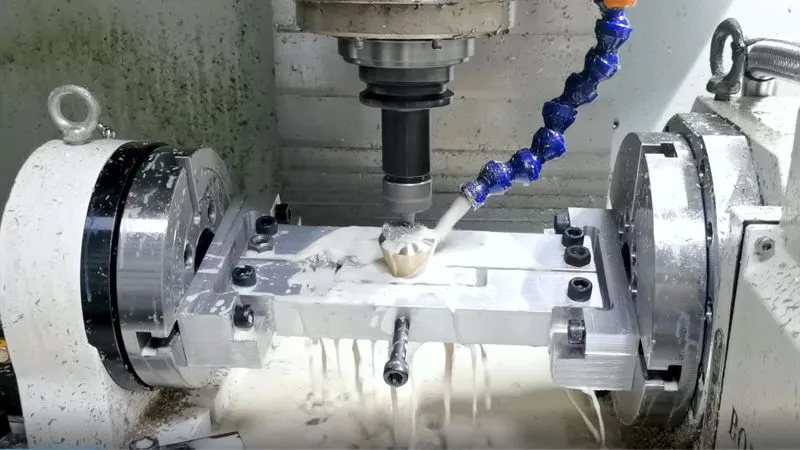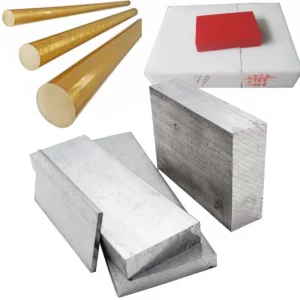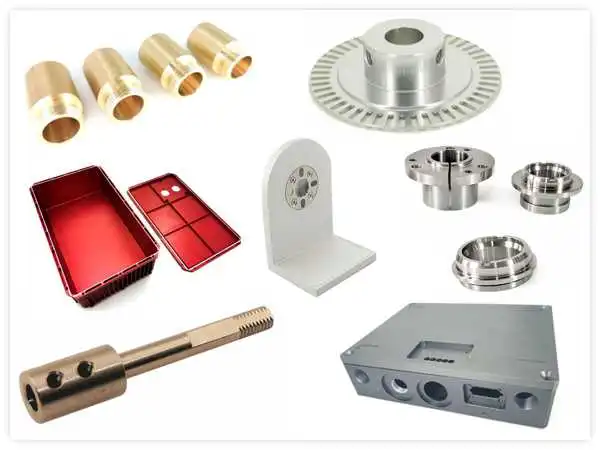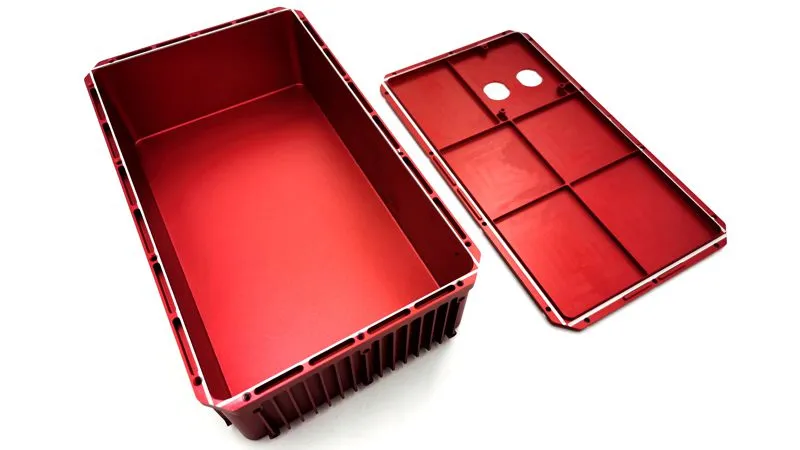When it comes to manufacturing high-quality parts, manufacturers have a wide range of materials to choose from. Basically, two of the most popular materials are plastic and metal. In other words, both materials have unique properties that make them suitable for different applications. To clarify, there are significant differences between plastic machining vs. metal machining that should be considered.
Material Properties and Cost
The physical properties of plastic and metal differ significantly. In most cases, metals are harder and more durable than plastics, making them more challenging to machine. This means that metal machining requires more specialized equipment and tooling than plastic machining. On the other hand, for plastic machining standard cutting tools will do just fine.
In terms of cost, plastic is generally much cheaper than metal. As a result, this makes plastic a more cost-effective option for many applications. Especially for large-scale production runs where the cost savings can be significant this is a benefit. However, plastic parts are not always suitable for all applications. If a part needs to withstand high temperatures or pressures, or if it needs to be highly corrosion-resistant, metal may be the better choice.
Machining Processes: Plastic vs Metal
Metal and plastic machining typically involves cutting, drilling, and milling the metal using specialized tools. The principles and machinery are the same for both types of material, but there are some differences in the machining behaviour. When milling and drilling plastic, we must adjust rotation speed and feed. Because the tools tend to grip in the plastic when machining too slow. That is why we usually use high speeds and very sharp cutting tools to machine plastic.
On the other hand, metals can often be machined to tighter tolerances than plastics, making them the preferred option for parts that require high precision. Additionally, metal parts are generally stronger and more durable than plastic parts, which can make them the better choice for applications that require a high degree of durability.
Environmental Impact
Manufacturers should also consider the environmental impact of plastic and metal machining. In general, plastic machining produces less waste than metal machining. This is because plastics can be recycled and reused more easily than metals, which typically require more energy-intensive processes to recycle. However, not all plastics are created equal when it comes to environmental impact. Some plastics, such as PVC, are not easily recyclable and can be harmful to the environment if not disposed of properly. Manufacturers should therefore choose plastics that are known to be recyclable and environmentally friendly whenever possible.
Expertise and Equipment
Plastic machining requires specialized knowledge and equipment that may not be available in all manufacturing facilities. Additionally, plastic parts can be more difficult to machine than metal parts, which means that more time and resources may be required to produce them. Metal machining, on the other hand, is a more well-established process that is widely used in many different industries. As a result, there is typically more expertise and equipment available for metal machining than for plastic machining.
Applications of metal parts vs plastic parts
The choice between Plastic Machining vs. Metal Machining ultimately depends on the specific application and the required performance characteristics. For example, plastic machining may be the better choice for parts that require a high degree of design flexibility, such as custom enclosures or consumer products. Metal machining, on the other hand, may be preferred for parts that need to withstand high temperatures, pressures, or corrosive environments, such as automotive or aerospace components.
In some cases, a combination of plastic and metal machining may be the best option. For example, a manufacturer may choose to use plastic for the outer shell of a product and metal for the internal components that need to be highly durable or precise.
Conclusion
When selecting a machining process, manufacturers should carefully consider the specific application. In addition, performance requirements, cost considerations, environmental impact, expertise and equipment cannot be neglected. By doing so, they can select the most suitable material and machining process for their needs and produce high-quality parts that meet their customers’ expectations. In general, plastic machining is a more cost-effective and flexible option, while metal machining is typically preferred for parts that require high precision, durability, and strength.
Ultimately, the choice between plastic and metal machining will depend on a range of factors. Manufacturers should work closely with their suppliers and machining experts to determine the most suitable material and process for their specific needs. With careful consideration, manufacturers can produce high-quality parts that meet their customers’ expectations and deliver value to their business.





